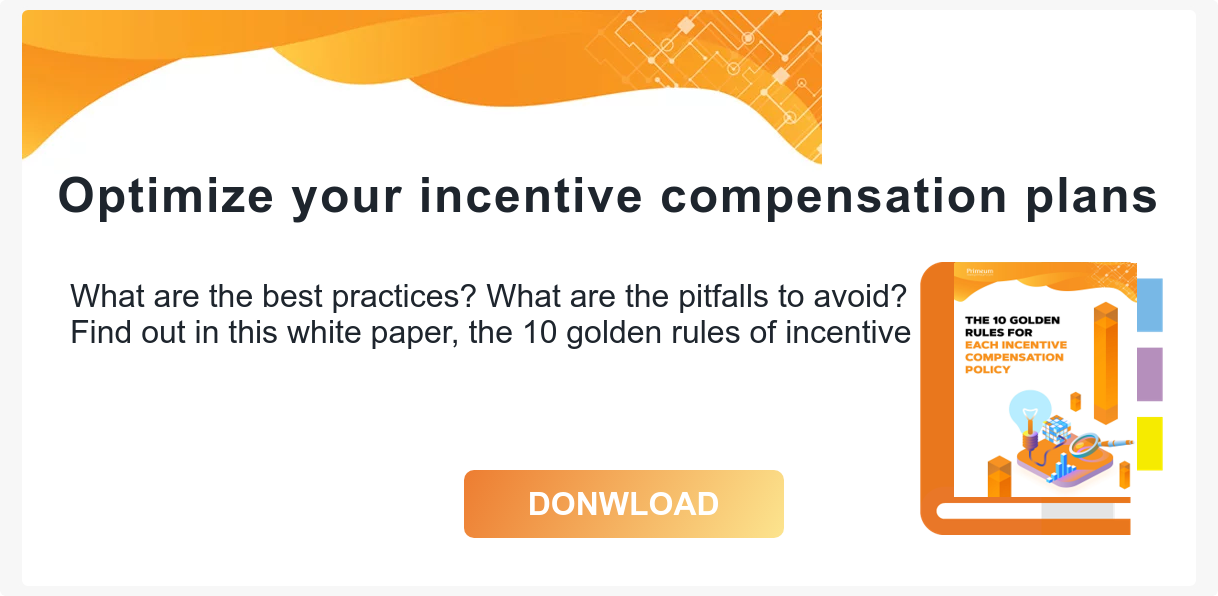Nicknamed the “Happy place to work”, in 2014 Google was named as the best company in the world to work for by the Great Place to Work Institute. What’s their secret? A human resources management policy based on OKR (Objectives and Key Results). This method is coupled with an innovative and highly motivational system of variable pay, and it’s an example that many small and intermediate-sized businesses could benefit from emulating.
The gOogle pay system: how are sales staff compensated?
Compensation for “Googlers”, as employees of this global company are known, is made up of a fixed segment (normal salary) and a variable segment (bonuses). The average salary of a Google employee is $ 128,000 €/year, or around $10,700 per month. For bonuses, Google offers:
- “Peer Bonuses”
These are bonuses of 150 dollars, which the employees can transfer to one of their colleagues. The only criteria: the extent to which the employee has contributed to Google’s development.
- Performance Bonus
This bonus is defined based on three variables: the employee’s job position, their performances (or results obtained) and a multiplier rate that can be 15% or more of the fixed payroll. As a result, Google CEO Sundar Pichai received a bonus of 200 million dollars in stock options on February 2016, which was awarded in recognition of the 45% rise in Google’s revenues in 2015.
- Collective Bonuses
These bonuses are awarded periodically to all Google employees, based on the various bonus programs in operation throughout the multinational’s various divisions. In 2007, all employees received a vacation bonus of 1000 dollars. In 2010, then-CEO Eric Schmidt offered an increase of 10% of salary as a collective bonus, having put the question to his employees.
In concrete terms, what does the okr method of incentive compensation consist of at google?
Give to Caesar what is Caesar’s...
The OKR (Objectives and Key Results) method was developed as a motivational and management strategy by Google HR, but comes from another American multinational: Intel. The concept was introduced to Google by John Doerr at a time when this globally-renowned company was still just a humble start-up.
The method consists of:
- Defining an objective that is linked to a full set of key results. These key results must number no more than 4 - 6. Above that, it becomes too difficult for the employee to achieve them, and they risk abandoning certain targets or burning out in mid-flight.
- Defining a grading scale for these results in order to assess the extent to which the objective has been achieved. At Google, the grading scale for key results ranges from 0 to 1.
- Evaluating key results in order to determine the extent to which objectives have been achieved. The ideal grade aimed for is around 0.6 or 0.7 per result. A grade of “1” indicates that the results were too easy to achieve. Less than 0.5 indicates that the employee has set themselves objectives which were impossible to obtain, or that they need to improve their productivity.
- Rewarding employees according to their performance, based on the percentage of achievement of the OKRs.
In effect, explains Rick Klau (Google Ventures), this method allows the company to set precise and specific objectives for each employee. The OKRs are defined by communal agreement between the employees and their direct managers at various levels of the company. The performance period is either quarterly (quarterly OKRs) or annual (annual OKRs).
In addition, employees have access to the OKRs and can view the achievement levels of any Google team member. By making the results public, all employees can monitor the progress levels of their peers or their bosses.
The google okr method: what are the advantages?
The OKR method behind Google’s incentive compensation system has a number of visible advantages.
 This system:
This system:
- Creates a climate of trust and transparency within the company, as everyone can see everyone else’s OKR stats.
- Encourages employees to outdo themselves in order to get the best possible assessment score, and therefore a higher individual bonus.
- Strengthens collaboration between team and their managers, as objectives are defined collectively.
- Enables employees from the same department to work together and help each other to obtain objectives as quickly as possible.
The OKR method has proven to be worth its weight in gold at Google. It can also help to boost motivation and employee results in SME. As a first step, you’ll need to define suitable objectives and decide on a calculation method for the bonus scheme in question.





